Museums have so much social and cultural potential is frankly excruciating that they’re in decline. Point in fact: the Cube Design Museum which commissioned me to perform design research into public participation in museums has itself been permanently closed down due to lack of numbers. OK, it was in the middle of nowhere on the Dutch-German border, sure. However, location is only a factor because museums are basically relegated to being public warehouses for static collections. Once you’ve seen it once your done. That’s why museums, as they are currently in usage, only work in high-transit tourist hot spots.
How can museums beat location? How can we make them spaces that people return to? I remember going to the Natural History Museum in London as a child and feeling the magic and awe of how vast the universe was beyond the bubble of my own miserable childhood. I was born pre-internet, so stepping into a museum was like stepping into a meta space where I could access and download new information, facts, and ideas from across time and space. Post-internet, I suppose only very young children would find the novelty of real-life experiencing more valuable than the inconvenience of having to walk around to access new information.
Rather than institutions where the “official” and agreed upon cultural narrative is framed and handed-down from on high to the masses, Museums could be forums. I know the internet has those too, but when it comes down to discussions on the cutting edge of new information entering collective consciousness – when it comes right down to it – we need to meet, gawk, point, and squabble like the naked apes we are. Local communities having novel discussions trumps transient observers perusing static narratives. That’s how museums can beat location. That’s how they can get repeat punters.
I know it’s rather rough, but have a look at this video of this workshop I designed for the Cube’s toilet design collection. The scenario is that you’re on the street or in public, there are no toilets, and you have 2 minutes before you shit yourself. It’s a universal human drama being played out in a living and lively discussion/game. It brought to the surface and into discussion the implied cultural shame of public defecation. If you like, it primed and polished the lens through which the public could then experience Cube’s toilet design collection.
As part of my design research into public participation in museums I developed a series of exhibits, forums, and workshops. Please see the below resources:
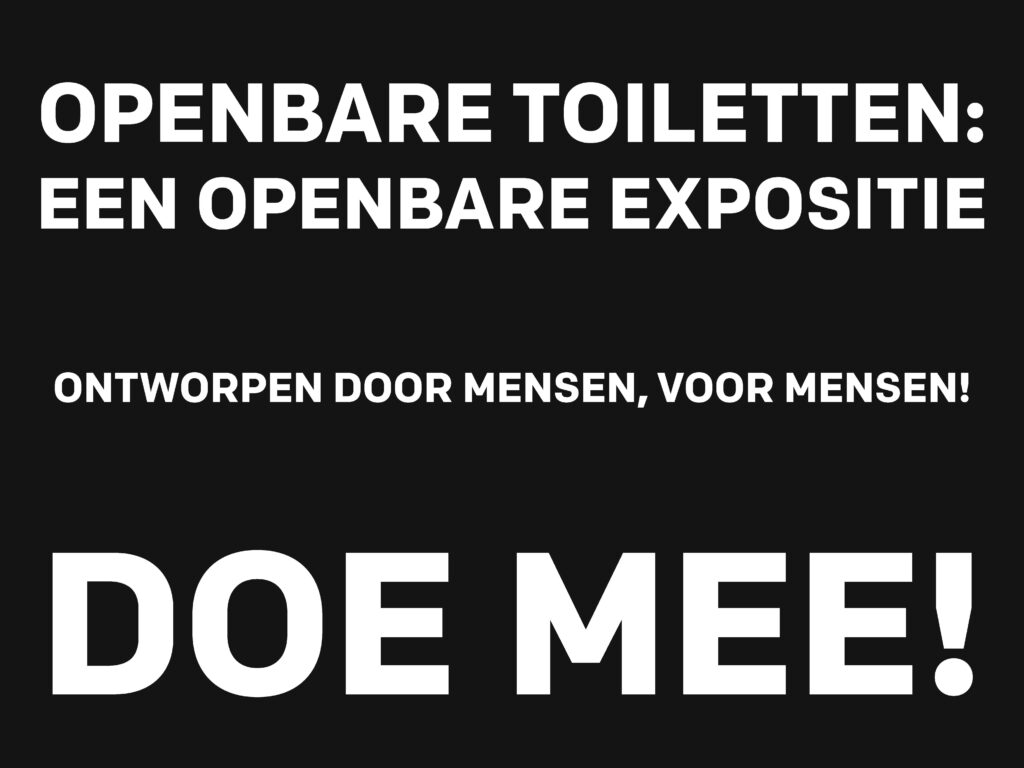
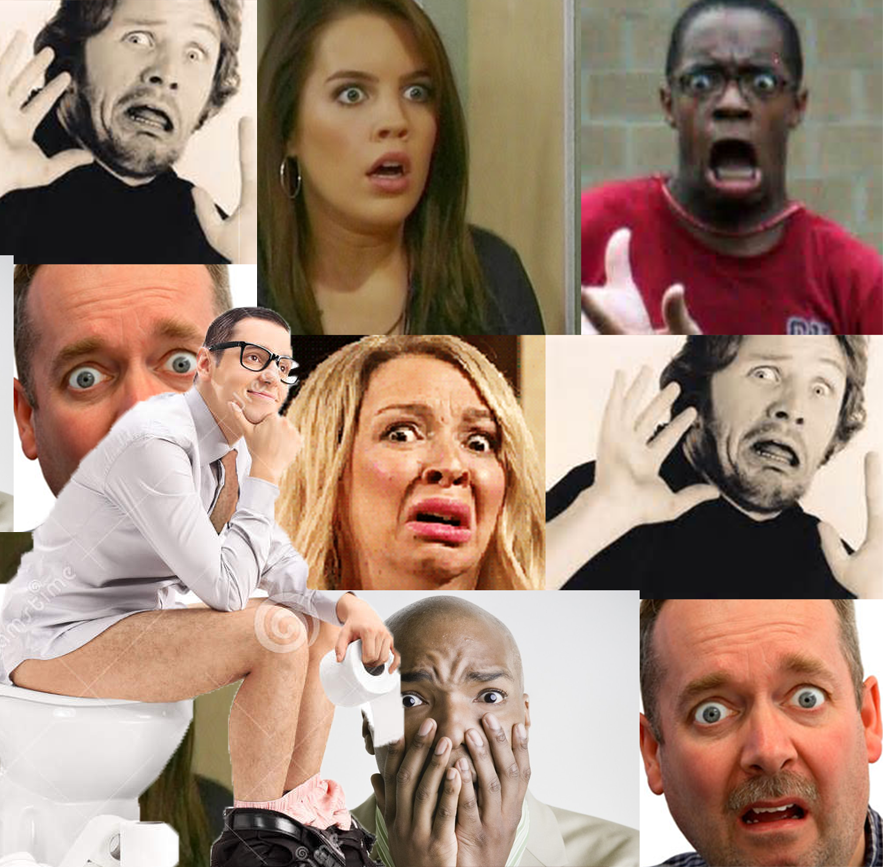
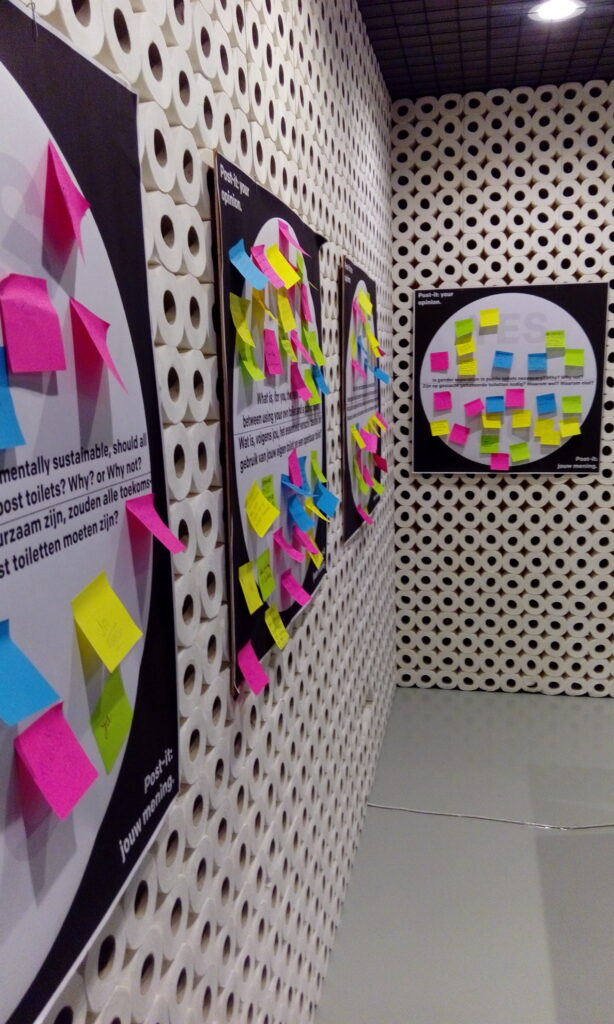
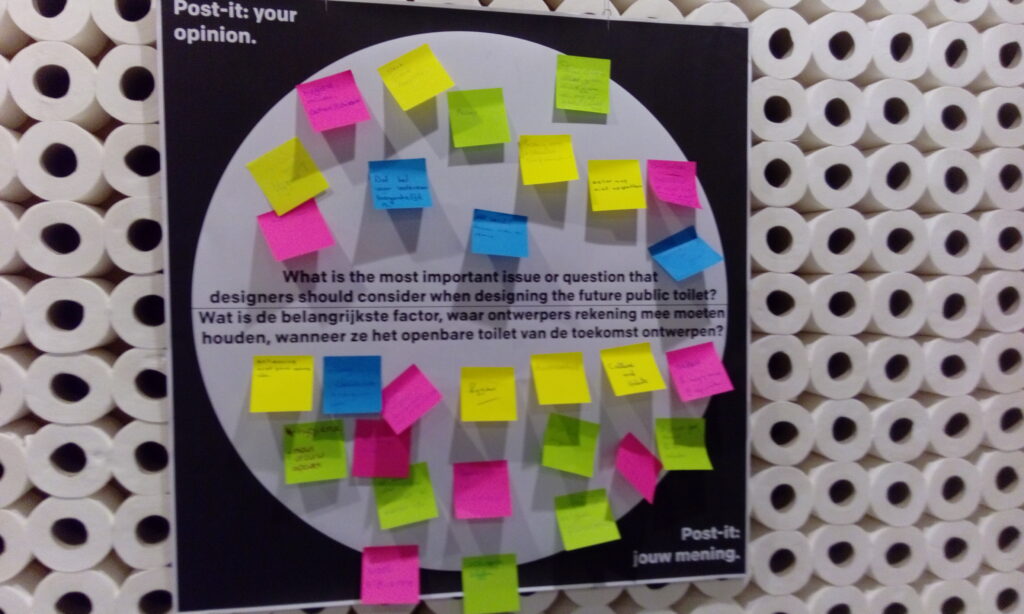
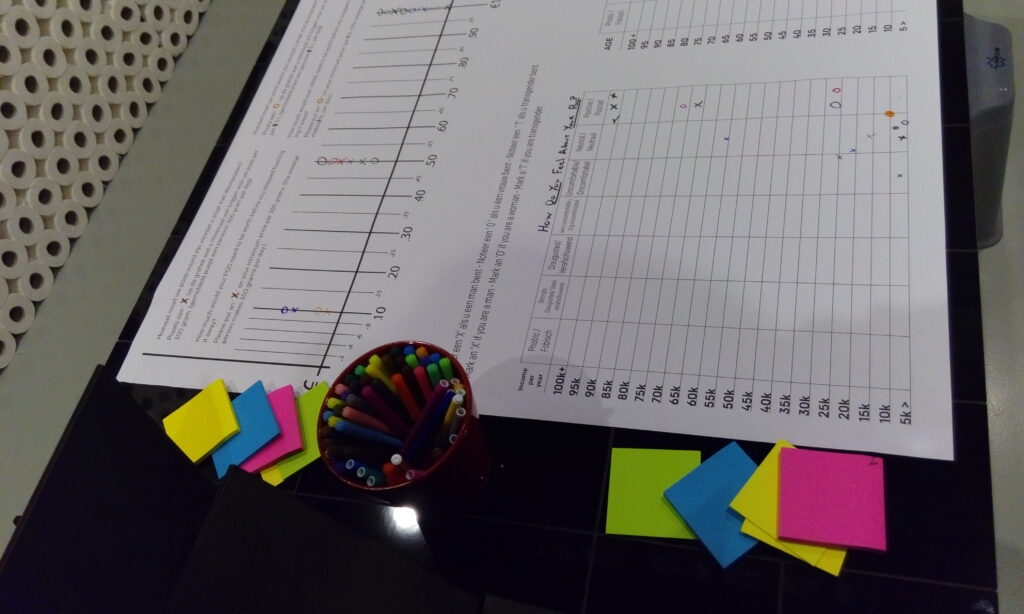
Design Research: Video Interviews with the public.
Running video interviews with the public, I came to the conclusion that most be people would find a simple intelligent conversation quite highlight of a museum. So, an easy and low investment way to encourage public participation would be to simply hire a bunch of university students start and run conversations. With a basic script of questions, thought experiments, and cultural dilemmas – every single exhibition could, in this way, be turned into pre or post-viewing discussion.

Leave a Reply